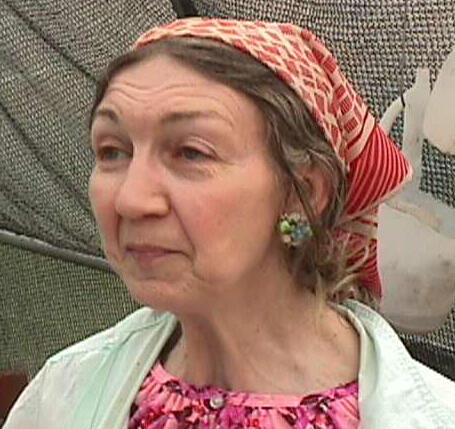 There are basically two sides to the subject of animals in the garden; those who want them in, and those who want them
out. What some gardeners desire in their environment, others are willing to work to keep away. (We are not dealing here with birds and beneficial insects.)
There are basically two sides to the subject of animals in the garden; those who want them in, and those who want them
out. What some gardeners desire in their environment, others are willing to work to keep away. (We are not dealing here with birds and beneficial insects.)
Attracting wildlife can be as simple as letting sections of your yard revert to the natural state, or it can be as planned as you have the time and energy to make it. With many microhabitats you will draw in numerous kinds of wildlife. Trees,
shrubbery, and low, dense plants as well as a place for water will afford many creatures a setting for a happy domicile.
A few simple rules will help. If you wish to provide cover for wildlife, remember to imitate nature as much as possible. Consider "connecting links" through which animal trails run, under dense shrubbery to full-shade trees (wooded areas which are
set back from the frequently-mowed lawns.) Ideally, a seldom-cut grassy area can be used to separate the stark backyard from the wildlife secure microhabitat, and it presents a gradual change into it.
In natural settings plant height determines the types of wild "zones" suitable for specific occupants. Careful plant selection ensures that transitional areas offer the right amount of security for shy creatures. Even a discarded Christmas tree can
serve as a home for many through a long, cold winter.
Matching native plants in the existing environmental situations will prove to be of significant advantage, too. Ironically, creating a "natural garden" requires planning and, once established, more maintenance than might be expected, but the rewards
are great indeed.
How wild can you get in setting up your wild area? That depends on proximity to neighbors and the opinions they hold concerning yard management. Everyone may not be thrilled by the appearance of additional four-footed immigrants.
If several households buy into the plan, it may be advantageous to run a corridor for wildlife across connecting properties. A square area could be formed by homeowners whose lands back up against each other, or those who have undeveloped grounds
behind their home sites may agree on a corridor shape as mentioned above. A corner or section adjoining wooded areas or fields would be the logical place to work on your wild side.
Not every backyard has a small stream or wet bog. Providing water can be a challenge, but simple pools of plastic, brick, concrete, stones or small-manufactured fountains can meet the need. Start with a simple layer of charcoal under a one-inch layer
of gravel and finish with a half-inch layer of soil. Pour in water a couple of inches deep. Sloping sides or protruding rocks allow amphibians to come and go with ease.
To complete the tiny "puddle pond," plant small grasses or floating ferns (water lettuce – Pistia stratiotes or Salvinia.) For the edge, violets, Kenilworth ivy (Cymbalaria muralis) or ajuga do well. Even a sunken half tub or barrel will suffice as a
water source.
With everything in place, we can look at the overall result. No one will object to the amphibians (toads and frogs) that love to dine on slugs and insects. Anyone fortunate enough to have them in the garden need not use the slug motels, pellets or
sunken beer-filled cans. Another common solution to slugs, diatomaceous earth, has sharp particles that cut into the slugs’ soft bodies. Unfortunately, it has some distinct disadvantages; for example, it destroys any beneficial insects that pass over it and has dust that
irritates the lungs.
Toads work for free, and they love to devour major garden pests like cutworms, armyworms, slugs, and snails. Painted turtles may be drawn to the water, and they also eat tadpoles and snails. These welcome visitors are noted for the red markings at
the edges of their shells and red or yellow stripes on their heads and feet.
The National Wildlife Federation in Washington, D.C. has information on building backyard habitat. Another excellent reference is Noel Kingsbury’s book, Natural Gardening in Small Spaces. Check your local library.
Read other articles on ecological gardening & native plants
Read other articles on birds, wildlife & beneficial insects